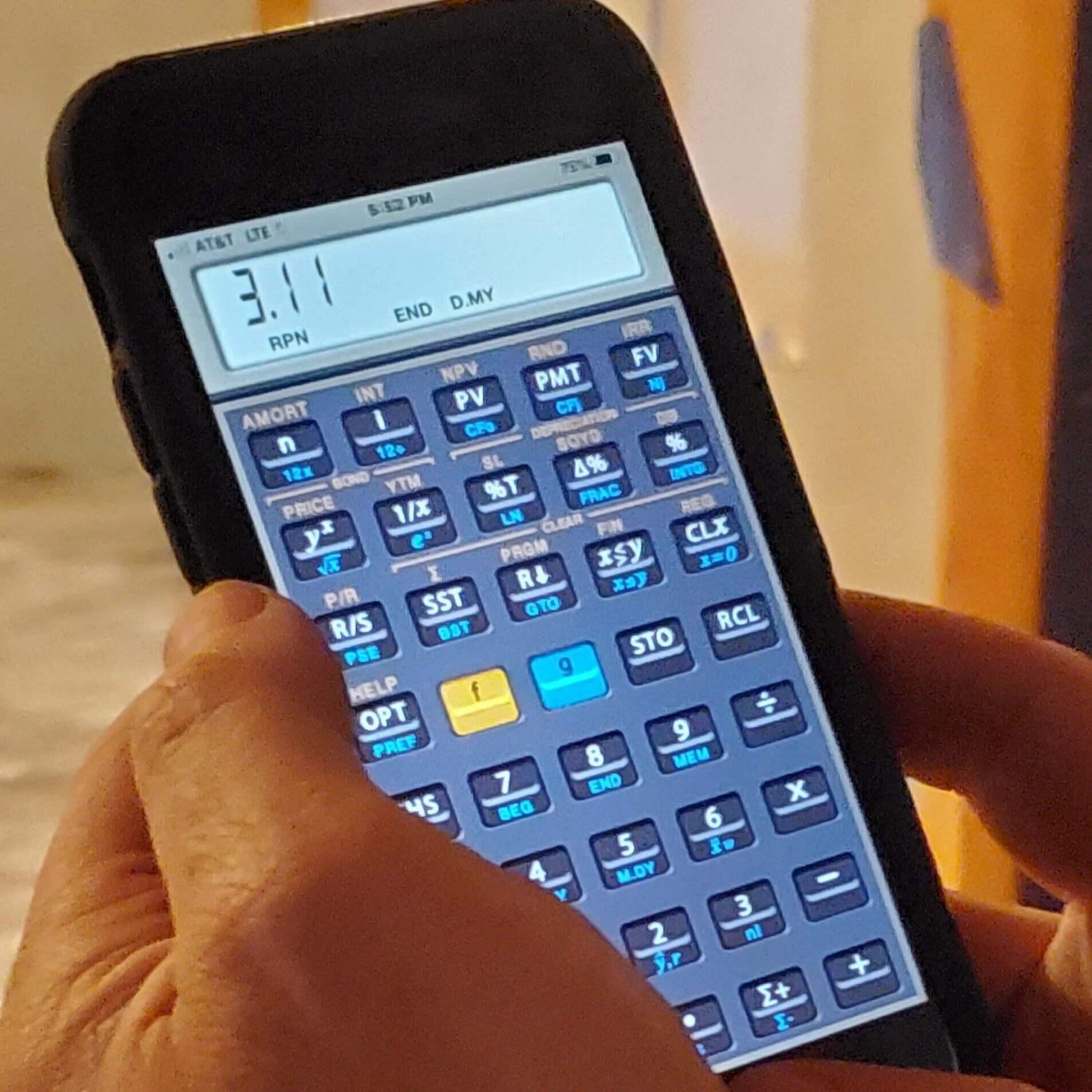Airtightness Testing and Results
Hempcrete and Lime Plaster work together to create a complete assembly. With the first coat of lime plaster on the exterior face of the walls, HempStone was able to test the building for airtightness.
Green construction practices aim to reduce the air infiltration within a building envelope as much as possible. Airtightness testing with a blower door is a foundational tool used to identify the building performance of a structure. The findings gained from this equipment have become part of the International Building Code.
These tests prove that builders and designers can reasonably expect to meet or exceed code minimum airtightness standards with a hempcrete and lime plaster assembly.
Blower Door Test in Action!
Plus a little bit of math…
Test Results Before and After Lime Plaster
How to Test
The way a blower door test works is rather simple.
Doors and windows are shut and locked, and chimney flues are dampened.
The blower door is installed and turned on. This forces air in - or out - of the building at a measured rate.
The fan opening can be damped down or expanded to accommodate different sized homes, or to dial in the the figures as the building has additional airtightness measures applied.
The airflow is documented, and a simple calculation is made to plugs raw data into a volumetric figure.
Why Test?
Simply put, we test building performance at resisting air infiltration. This translates to a simple Operational Carbon equation: the more outside air that comes into the building in an uncontrolled way, the less comfortable we feel inside. This in turn causes us to use additional CO2 emitting energy to heat and cool this unwelcome air.
In High Performance homes, a critical aim is less than 0.6AC/H @50Pa
For new construction in cool/cold climates, the Code Minimum (IECC 2012) is at or lower than 3.0AC/H @50Pa
Key Definitions:
ACH - Air exchanges per hour
Pa - pascals (pressure measurement)
50pa - 50 pascals of pressure as measured by a menometer
These equations mean that at a certain amount of pressure - 50 Pascals, or in a steady, full exposure 20 MPH wind - the building replaces ALL of the interior air a certain number of times within one hour.
For high performance homes, that figure is a full exchange of air every 100 minutes.
For code-minimum homes, the air is fully exchanged in the building every 20 minutes.
A high performance building is 5 times more efficient than one built to meet code.
Of course, 50 Pascal conditions rarely exist in real life, but the test does simulate the effect of wind loads on a building and the buildings’ subsequent performance. Further, having a consistent benchmark allows us to compare different buildings against one another fairly.
When to Test?
Projects benefit from being tested throughout the construction process to help builders identify how well they are doing.
This way, issues can be addressed in the envelope before they get covered by other building materials.
Prior to testing, the building envelope is sealed with building materials whose purpose are to reduce (or better yet, eliminate) air exchange between indoors and outside. Primary building materials such as plywood, drywall, concrete, plastic sheeting, rigid foam board, wood, and plaster serve as airtight barriers. Airtight material include caulk, rubber gaskets, tape, and mastic which fill in seams, cracks, and joints.
HempStone is conducting a blower door test at these stages
Completed hempcrete install - ceiling and foundation sealed complete.
Result - 23.8 AC/H @50Pa
Completed base coat exterior plaster.
Result - 3.0 AC/H @50Pa
Completed Finish coat exterior plaster, completed base coat interior plaster.
Results Coming Soon.
As part of the permitting process, Village Carpentry will have a third-party building performance inspection done by a HERS rater. They will issue official airtightness results in a report which must be submitted prior to building occupancy.
Understanding Test Results
Before lime plaster was installed, the building came in at nearly 24 air changes per hour at 50 Pascal. The addition of the lime plaster on the hempcrete walls reduced the airflow by 87% and met the minimum standard for new buildings.
Village Carpentry still has outstanding airtightness detailing to do in key areas outside of the hempcrete and plaster portions and junctions of the building. These critical remaining details include: rim joist insulation and air sealing, cellulose installation, and detailed air sealing at electrical outlets, ventilation ducts, etc.
These efforts could very well shave off another 0.5 to 1.0 AC/H @50Pa
Even without all the air sealing details buttoned up, this structure ALREADY meets the code minimum. The hempcrete and lime plaster offer a very robust, airtight wall assembly. Though this building won’t be considered high performance, these tests prove that builders can reasonably expect to meet or exceed code minimum airtightness standards with a hempcrete and lime plaster assembly.



